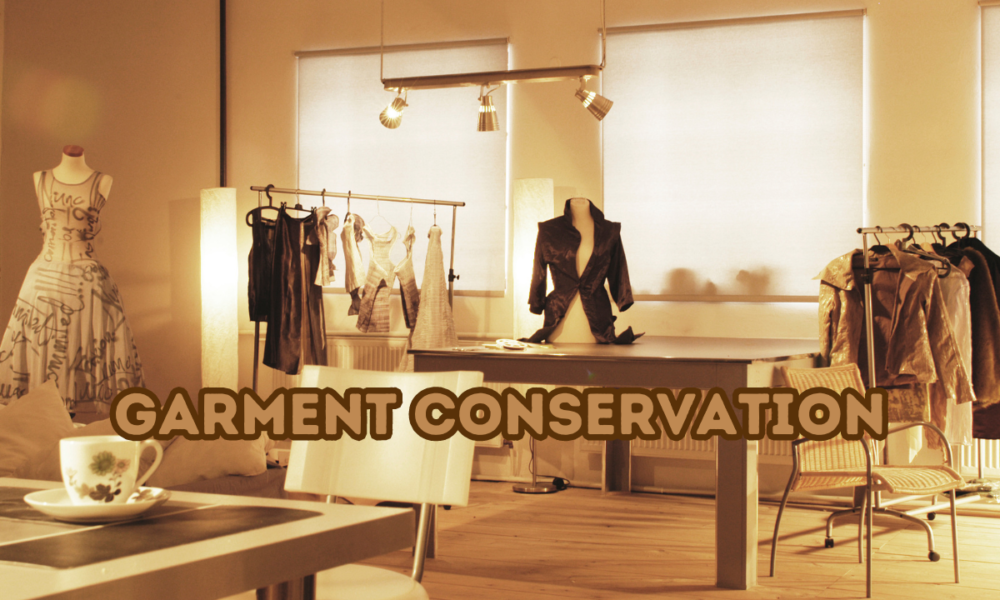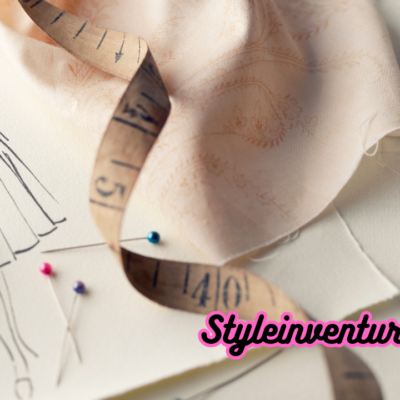The Art of Garment Conservation Unveiled
In an era where fast fashion dominates the industry, eco-conscious consumers are turning to garment conservation as a sustainable alternative. Preserving your clothing not only reduces waste but also offers numerous environmental and economic benefits.
One significant aspect of garment conservation is the preservation of special occasion attire, such as modest bridal gowns. These gowns often hold immense sentimental value, and their intricate details and fine fabrics require careful attention.
By investing in high-quality, timeless designs, brides can ensure their gowns remain beautiful for years to come. Proper storage and periodic cleaning are crucial for maintaining the condition of these cherished garments.
This blog post delves into the art of garment conservation, providing you with practical tips and insights to extend the life of your clothes, reduce your carbon footprint, and embrace a more sustainable lifestyle.
Why Garment Conservation Matters
Environmental Impact
The fashion industry is one of the largest polluters globally, contributing to water pollution, greenhouse gas emissions, and landfill waste. By conserving your clothing, you can significantly reduce these environmental impacts. For instance, prolonging the lifespan of your clothes by just nine months can reduce their carbon, water, and waste footprints by around 20-30%.
Economic Benefits
Investing in quality pieces and maintaining them properly can save you money in the long run. Instead of frequently purchasing new items, you can focus on keeping your existing wardrobe in great condition. This not only reduces your spending but also encourages a more mindful approach to fashion consumption.
Tips for Effective Garment Conservation
Proper Storage
Storing your clothes properly is crucial for maintaining their longevity. Here are some tips to help you store different types of clothing:
- Use Quality Hangers: Invest in sturdy, padded hangers for delicate pieces to prevent stretching and distortion.
- Fold Heavy Items: Knitwear and heavy garments should be folded to avoid stretching out of shape.
- Keep Away from Light: Prolonged exposure to sunlight can fade and weaken fabric fibers. Store your clothes in a cool, dark place to maintain their color and integrity.
Gentle Washing
Washing your clothes too frequently or using harsh detergents can cause significant wear and tear. Opt for these eco-friendly washing practices:
- Cold Water Wash: Washing in cold water preserves fabric fibers and reduces energy consumption.
- Eco-Friendly Detergents: Choose biodegradable and phosphate-free detergents to minimize environmental damage.
- Air Drying: Whenever possible, air dry your clothes to avoid the high heat of tumble dryers, which can weaken fibers and cause shrinkage.
Repair and Upcycle
Embrace the art of repairing and upcycling to extend the life of your clothes:
- Simple Repairs: Learn basic sewing techniques to fix minor issues like loose buttons or small tears.
- Upcycling: Transform worn-out clothes into new items or accessories, giving them a second life and reducing waste.
Mindful Purchasing
Being selective about the clothes you buy can greatly impact your conservation efforts:
- Quality Over Quantity: Invest in high-quality pieces that are built to last, rather than fast fashion items that may wear out quickly.
- Timeless Styles: Choose classic styles that won’t go out of fashion, ensuring you can wear them for years to come.
Embracing a Sustainable Wardrobe
Capsule Wardrobes
A capsule wardrobe consists of a limited number of versatile pieces that can be mixed and matched to create various outfits. This minimalist approach encourages mindful purchasing and reduces the need for frequent replacements. Building a capsule wardrobe involves selecting timeless and high-quality items that can be worn in different settings and seasons.
Eco-Friendly Brands
Supporting sustainable fashion brands is another way to contribute to garment conservation. These brands prioritize ethical manufacturing practices, use eco-friendly materials, and often offer repair services to prolong the life of their products. By choosing to buy from such brands, you are supporting a more sustainable fashion industry.
Educate and Advocate
Educating yourself and others about the importance of garment conservation can create a ripple effect, encouraging more people to adopt sustainable fashion practices. Share your knowledge and experiences with friends and family and use social media to raise awareness about the environmental and economic benefits of preserving clothing.
Conclusion
Garment conservation is more than just a trend; it is a crucial aspect of sustainable living. By adopting mindful practices like proper storage, gentle washing, and repairing, you can extend the life of your clothes and reduce your environmental impact. Embracing a sustainable wardrobe not only benefits the planet but also fosters a more mindful and intentional approach to fashion. As an eco-conscious consumer, you have the power to make a positive difference in the world of fashion, one garment at a time.











